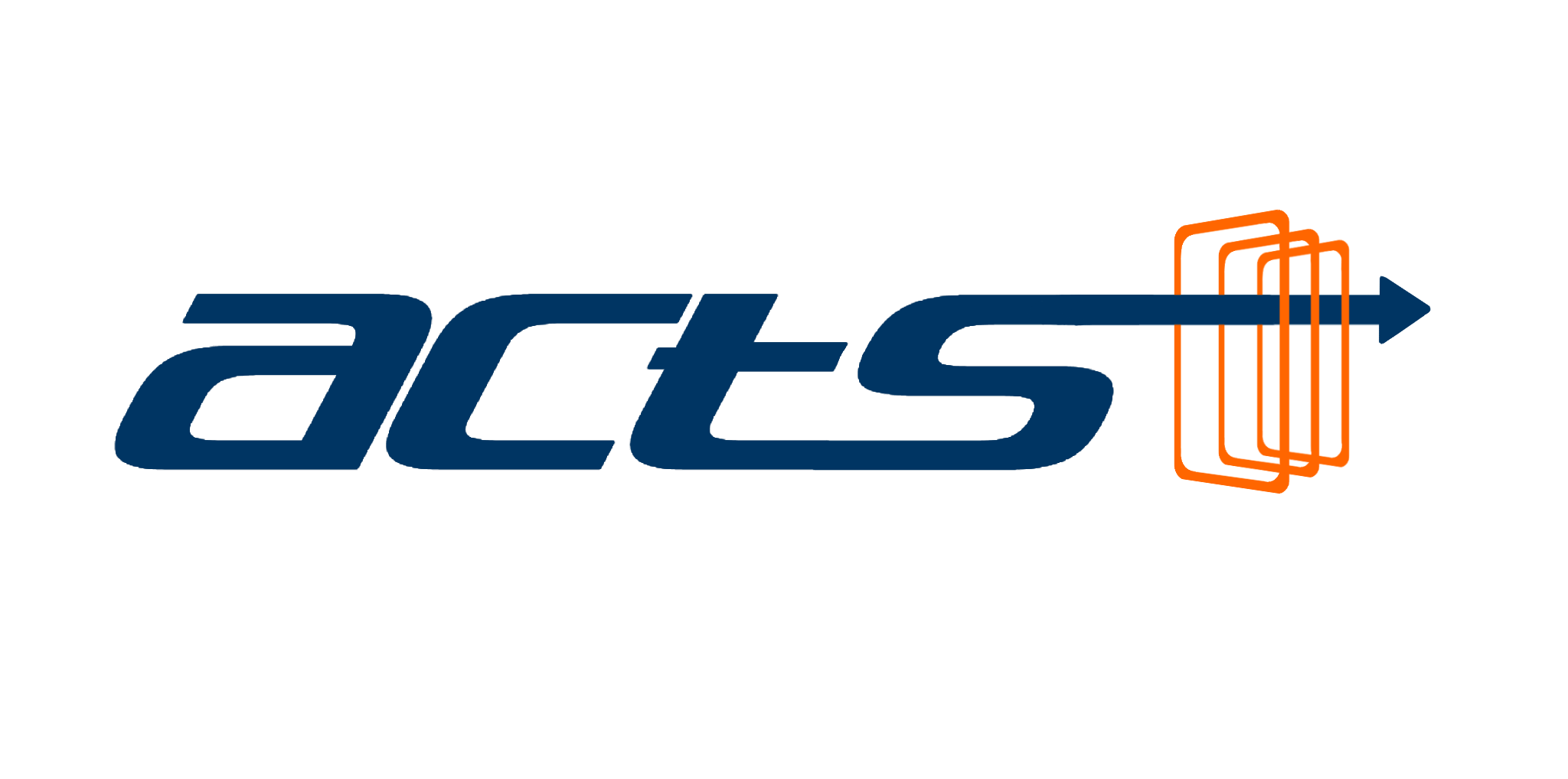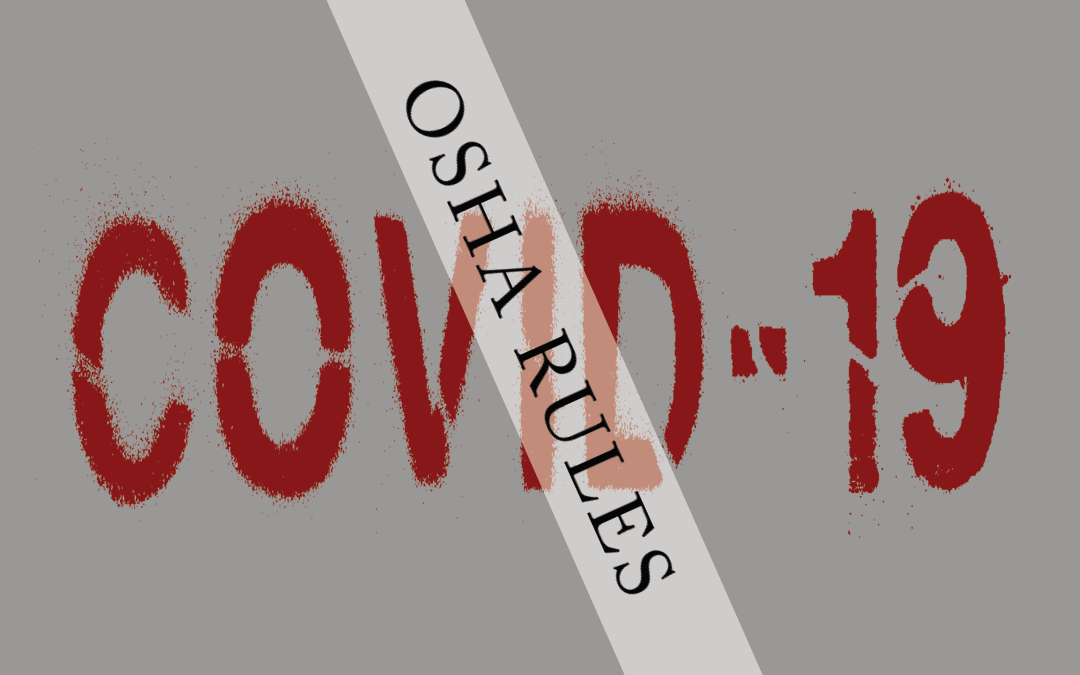Heightened awareness of the invisible hazard a top priority
By Michael Downes
811 Magazines
While the COVID-19 pandemic continues to take its toll on nearly every aspect of American life, work in the construction and utility industries continues full steam ahead.
And Coronavirus is just one of many workplace hazards that face workers every day.
The US Department of Labor, through Occupational Safety and Health Administration, has issued guidance for utility construction workers during the pandemic, in addition to continuing their regular enforcement and oversight activities.
The first portion of the guidance addresses exposure risk levels. Lower risk of virus transmission includes “Tasks that allow employees to remain at least six feet apart and involve little contact with the public, visitors or customers.”
Medium risk tasks include situations where workers are closer than 6 feet from each other, customers, visitors or other members of the public.
High risk tasks include “Entering an indoor work site occupied by people such as other workers, customers or residents suspected of having or known to have COVID-19, including when an occupant of the site reports signs and symptoms consistent with COVID-19.”
Fortunately, none of the “very high” risk category tasks are anticipated in the construction industry.
Still, it’s important to encourage workers to stay home if they have symptoms of COVID-19, and encourage workers to wear face coverings when possible to prevent transmission.
More about OSHA’s construction industry guidelines can be found here: https://www.osha.gov/SLTC/covid-19/construction.html Additional COVID-19 tips for the construction industry, as prepared by OSHA, can be found here: https://www.osha.gov/Publications/OSHA4000.pdf
A Department of Labor spokesperson, though email correspondence, said the enforcement of ordinary labor laws is still in effect during the pandemic.
“Employers are and will continue to be responsible for providing a workplace free of known health and safety hazards. OSHA standards related to excavations, protective systems and underground construction remain in place and are enforceable,” the spokesperson said.
They also included a link to OSHA’s trenching and excavation page, which includes information on their “Slope It, Shore It, Shield It” campaign, which is part of the agency’s Priority Goal to reduce trenching and excavation hazards. The guidelines say cave-ins pose the greatest risk to workers’ lives, and that sloping or benching trench walls, shoring trench walls with supports or shielding trench walls with trench boxes can help prevent cave-ins.
Guidelines state that “employers should also ensure there’s a safe way to enter and exit the trench. Keep materials away from the edge of the trench. Look for standing water or atmospheric hazards. Never enter a trench unless it has been properly inspected.”
More about OSHA’s trench safety information can be found here: https://www.osha.gov/SLTC/trenchingexcavation/index.html
Finally, the spokesperson mentioned a 2018 safety and health information bulletin on avoiding underground utilities during horizontal drilling operations.
These guidelines will be particularly important in the short term, as federal Coronavirus Aid, Relief and Economic Security Act, known colloquially as the CARES Act, provides economic recovery dollars for states, tribes and local governments for the expansion of rural broadband Internet access, spurring new utility construction.
More about OSHA’s horizontal drilling resources can be found here: https://www.osha.gov/dts/shib/shib031318.html

